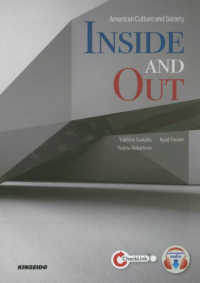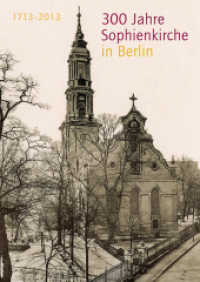Full Description
In this book, Caroline van Eck examines how rhetoric and the arts interacted in early modern Europe. She argues that rhetoric, though originally developed for persuasive speech, has always used the visual as an important means of persuasion, and hence offers a number of strategies and concepts for visual persuasion as well. The book is divided into three major sections - theory, invention, and design. Van Eck analyzes how rhetoric informed artistic practice, theory, and perception in early modern Europe. This is the first full-length study to look at the issue of visual persuasion in both architecture and the visual arts, and to investigate what roles rhetoric played in visual persuasion, both from the perspective of artists and that of viewers.
Contents
Introduction: rhetoric and the visual; Part I. Theory: 1. Gesture, representation and persuasion in Alberti's De Pictura; 2. Theoretical foundations of persuasive architecture: Barbaro, Spini and Scamozzi; Part II. Invention: 3. How to achieve persuasion in painting: the common ground; 4. Visual persuasion in British architecture of the seventeenth and eighteenth centuries; Part III. Interpretation: 5. Rhetorical interpretation of the visual arts; 6. Only the human can speak to man: rhetorical interpretations of architecture.








